
cd_nom
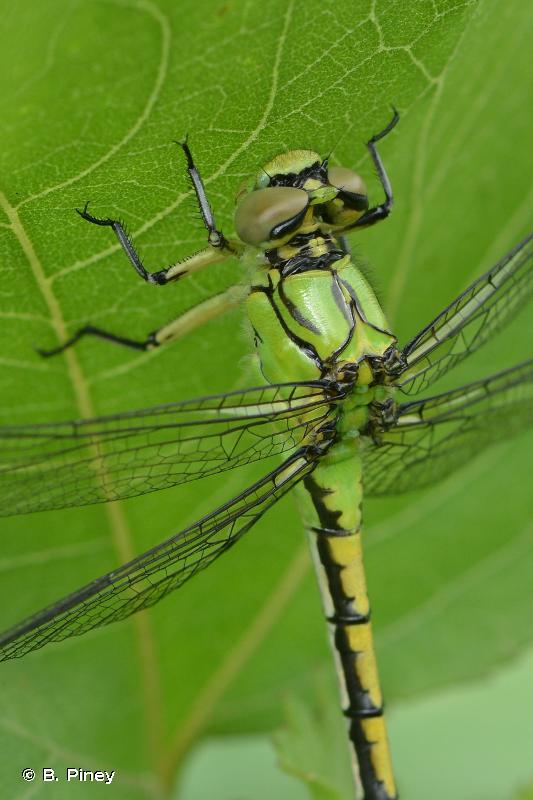
| Author : B. Piney |
 |
To get the picture, please visit:
Bertrand PINEY
Thouaré sur Loire (44)
email : inpn@mnhn.fr
Legend: Femelle
Despite the Creative Commons license, please inform the author of the use which will be made of his photo
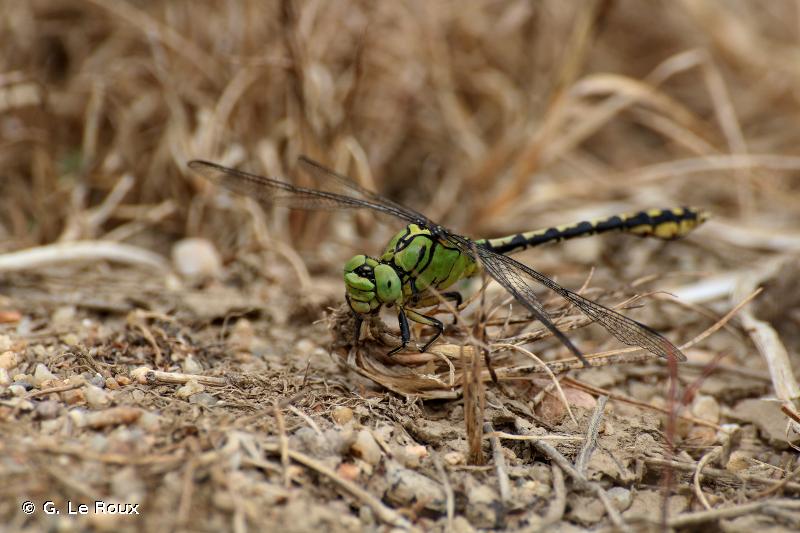
| Author : G. Le Roux |
 |
To get the picture, please visit:
Guillaume Le Roux
email : inpn@mnhn.fr
Legend: Mâle
Despite the Creative Commons license, please inform the author of the use which will be made of his photo
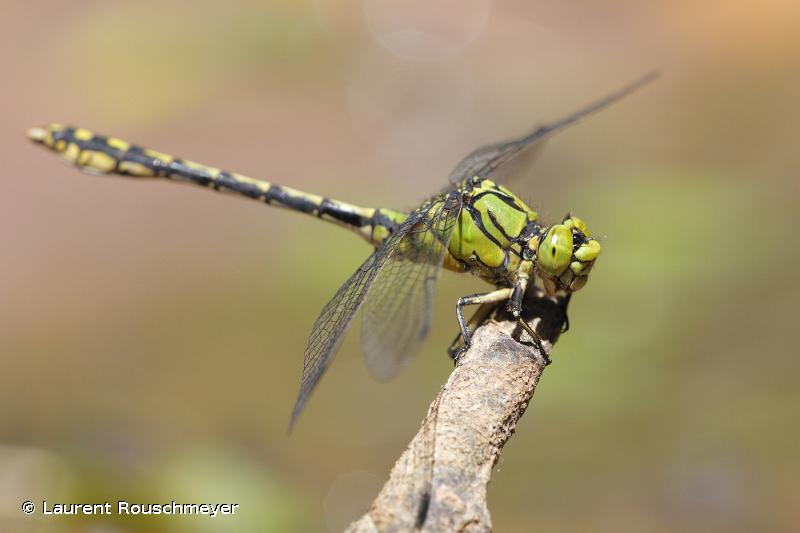
| Author : Laurent Rouschmeyer |
 |
To get the picture, please visit:
Laurent Rouschmeyer
email : inpn@mnhn.fr
Despite the Creative Commons license, please inform the author of the use which will be made of his photo
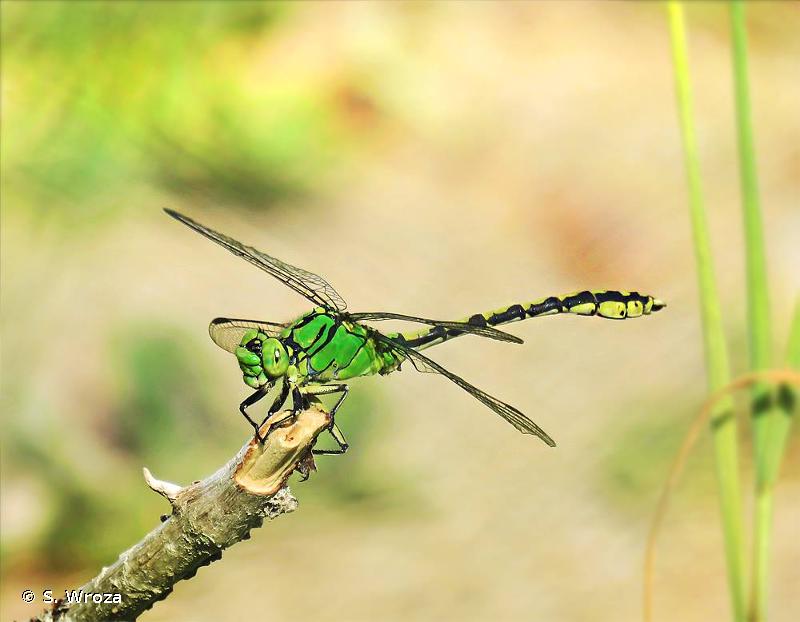
| Author : S. Wroza |
 |
Despite the Creative Commons license, please inform the author of the use which will be made of his photo
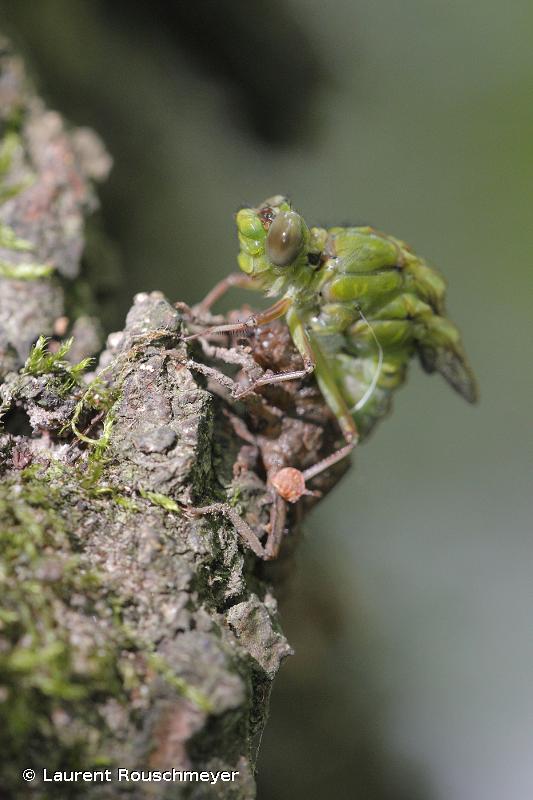
| Author : Laurent Rouschmeyer |
 |
To get the picture, please visit:
Laurent Rouschmeyer
email : inpn@mnhn.fr
Despite the Creative Commons license, please inform the author of the use which will be made of his photo
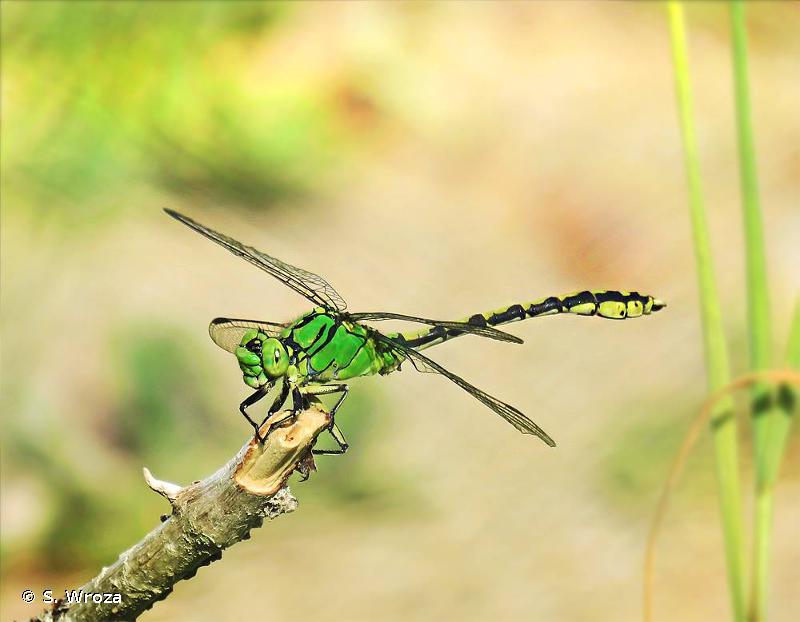
| Author : S. Wroza |
 |
Despite the Creative Commons license, please inform the author of the use which will be made of his photo
Cet anisoptère se reconnait facilement à son thorax vert pomme très frappant, ses yeux verts et son abdomen noir et jaune.
Seules les femelles d'Aeshna cyaneapeuvent être confondues avec ce Gomphidae.
Présente de l'ouest et du nord de l'Europe à la Sibérie occidentale, cette espèce est en forte régression dans la plupart des pays européens suite à la pollution et à l'aménagement des cours d'eau.
En France, elle est surtout présente dans le bassin de la Loire et le nord-est de la France.
Elle se développe dans les eaux courantes à fond sableux de plaine, des grands fleuves aux petits ruisseaux. Les lares vivent dans les sédiments sableux les plus grossiers.
Les adultes, actifs de fin mai à octobre avec un pic en juillet-août, chassent les long des lisières et dans les zones de clairières en forêt. Dans les petits cours d'eau, les mâles se perchent pour attendre les femelles. Dans les rivières plus larges, ils volent souvent au milieu du lit.
[D'après Dijkstra K.-D.B., 2007. Guide des Libellules de France et d'Europe. Delachaux et Niestlé SA, Paris, 320 pages.
Grand D., Boudot J.-P., 2006. Les Libellules de France, Belgique et Luxembourg . Biotope, Mèze, (Colection Parthénope), 480 pages.]
Braud J.(),2014
Continental
Metropolitan France
Overseas
Marine
Metropolitan France
Overseas
The map presents a summary at the 10 x 10 km grid of the observation data for the species transmitted to the SINP. These data have been subjected to validation filters.
The map presents a reference distribution layer of the species at the scale of departments and marine sectors. The presence and absence data were established by expertise within a network of partners. This reference distribution is used in the validation process of the SINP data at the INPN level.
Corresponds to a report on the basis of at least one observation proved within a period of 10 years (20 years for little-known invertebrates) preceding the year and no presumption of extinction since obtaining the last data nor doubt on reproductive and implemented nature of this population. For migratory species, the presence indicated concerns areas of reproduction.
This status is based on one or more of the following criteria:
This point covers the absence, more difficult by nature to demonstrate than presence. This status is based on one or more of the following criteria:
This status must be assigned to a department in which the presence of the species is casual.
Particular case of absence due to a proven extinction less than a half century ago (older disappearances are treated as "no probable or definite").
In the state of knowledge, we can not comment on the presence or absence in the current department. This is the default status when not comprised in one of the previous categories or whenever there is doubt.
The map shows the global distribution of the species based on GBIF data (Global Biodiversity Information Facility).
